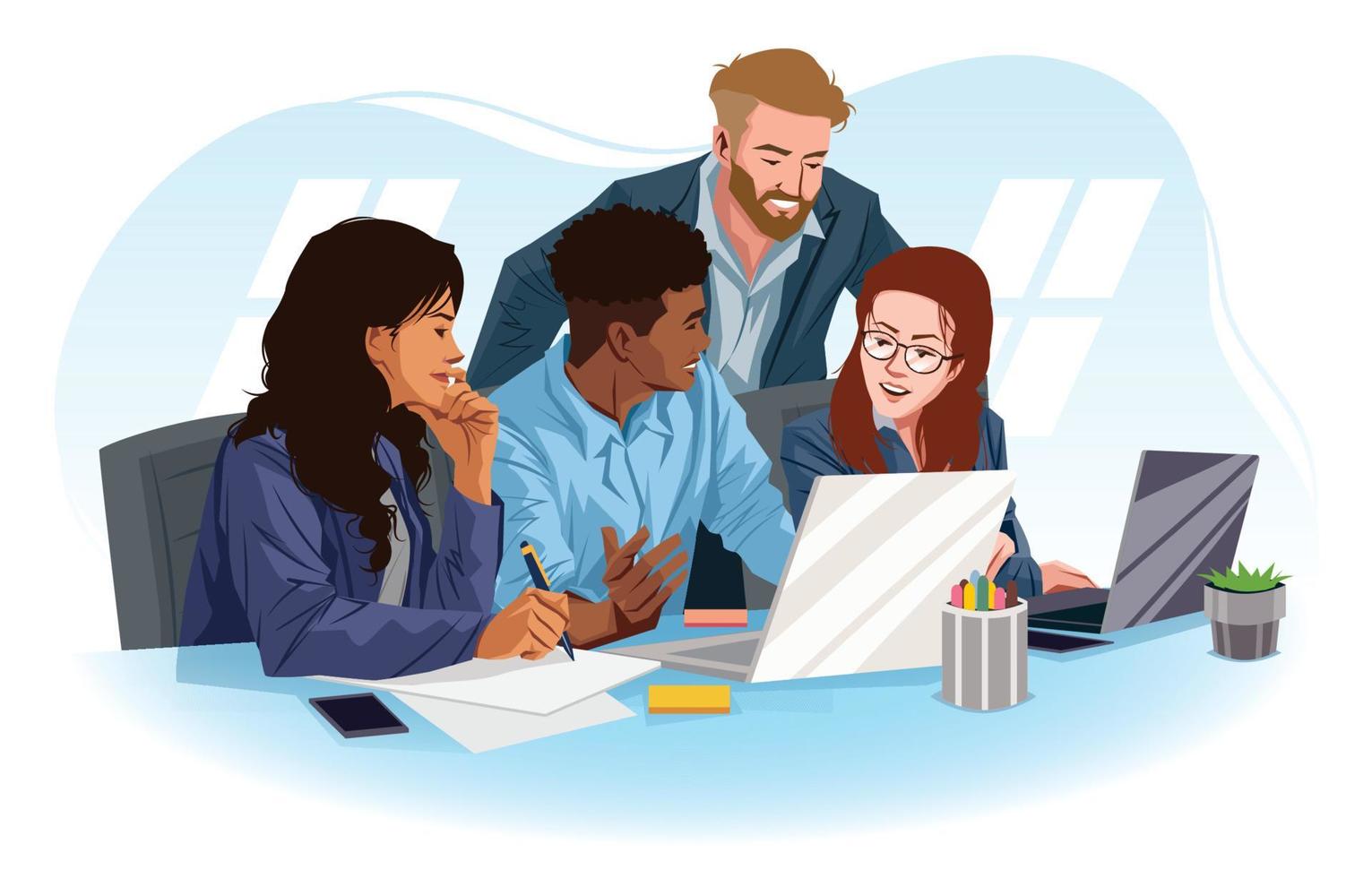Featured
Imagine being part of a high-functioning team where members work in unison, harmoniously bridging gaps and sharing responsibilities. Sounds ideal, doesn't it? In this comprehensive article, we delve into the intricacies of team building and group dynamics, exploring the ingredients required to concoct such a productive environment. We discuss how the essence of team building lies not just in pooling talent, but rather in fostering communication, mutual respect, and understanding. We explore how group dynamics - the unspoken rules and patterns of behavior in a group - can make or break a team's performance. Remember, a team isn't just a group of individuals; it's a complex, dynamic entity of its own.
Intrigued? Why not dive deeper and explore how these elements could be implanted in your professional or personal life? Click here to read the full article and equip yourself with the knowledge to build thriving teams, and understand the magic behind effective group dynamics.
Building a strong and cohesive team is crucial for the success of any organization. Team building activities and group dynamics play a significant role in fostering better communication, collaboration, and trust among team members. In this article, we will explore the importance of team building and how group dynamics can impact the overall performance of a team.
Why Team Building is Important
Team building activities are essential for creating a positive work environment where team members can trust and rely on each other. By engaging in various team building exercises, colleagues can break down barriers, improve communication, and build strong relationships. This, in turn, leads to increased productivity, higher morale, and a more cohesive team.
Benefits of Team Building
There are numerous benefits to team building activities. One of the key advantages is improved communication. When team members engage in activities that require them to work together, they learn how to communicate effectively and resolve conflicts in a constructive manner. Team building also helps boost morale and motivation, as team members feel appreciated and valued. Additionally, team building activities can help identify the strengths and weaknesses of team members, allowing for better delegation of tasks and improved collaboration.

Group Dynamics and Team Performance
Supervisory Skills Trainings in Houston, TXGroup dynamics play a crucial role in determining the success of a team. The way team members interact with each other, communicate, and collaborate can impact the overall performance of the team. When group dynamics are positive, team members are more likely to work well together, share ideas, and support each other. On the other hand, negative group dynamics can lead to conflicts, misunderstandings, and a lack of trust among team members.
How to Improve Group Dynamics

There are several ways to improve group dynamics within a team. Encouraging open communication, setting clear goals and expectations, and fostering a culture of trust and respect are essential. Team leaders should also promote collaboration and teamwork, and provide opportunities for team members to bond and get to know each other outside of work. By addressing any issues or conflicts early on and promoting a positive team culture, group dynamics can be improved, leading to better team performance.
Team building and group dynamics are essential components of a successful team. By investing time and effort into building strong relationships, improving communication, and fostering a positive team culture, organizations can create highly effective and cohesive teams that achieve their goals and objectives.
Latest Posts
The Intricacies of Corporate Strategy and Business Planning
The Intricacies of Corporate Strategy and Business Planning
The Intricacies of Corporate Strategy and Business Planning